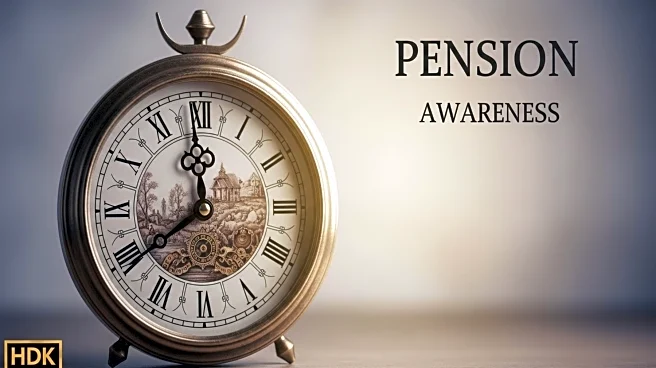What is the story about?
What's Happening?
A new rule under the Secure 2.0 retirement law will change the tax treatment of catch-up contributions for high earners in 401(k) and other tax-deferred workplace retirement plans starting next year. Currently, individuals over 50 can make additional 'catch-up' contributions beyond the federal cap, which are tax-deferred. However, the new rule mandates that if an individual earns more than $145,000 in FICA wages, their catch-up contributions will be treated as Roth 401(k) contributions, subject to income tax. This change affects those who make catch-up contributions, as their contributions will grow tax-free and can be withdrawn tax-free under certain conditions. The rule will not affect those earning below $145,000, and most workplace retirement plans offer the option of a Roth 401(k).
Why It's Important?
The rule change has significant implications for high earners, as it alters the tax benefits associated with retirement savings. Paying taxes on contributions during peak earning years may result in higher tax rates compared to withdrawals in retirement. This could reduce take-home pay for those opting for catch-up savings. However, the change also offers advantages, such as tax-free growth and withdrawals from Roth 401(k) contributions, providing flexibility in retirement planning. The rule may influence retirement savings strategies and financial planning for high earners, impacting their long-term financial security.
What's Next?
As the rule takes effect next year, affected individuals may need to reassess their retirement savings strategies. Employers and retirement plan providers may need to update their offerings to accommodate the new requirements. Financial advisors and retirement planners will likely play a crucial role in helping individuals navigate these changes and optimize their retirement savings plans. Stakeholders may also monitor potential adjustments to the income threshold for catch-up contributions based on cost-of-living changes.
AI Generated Content
Do you find this article useful?













